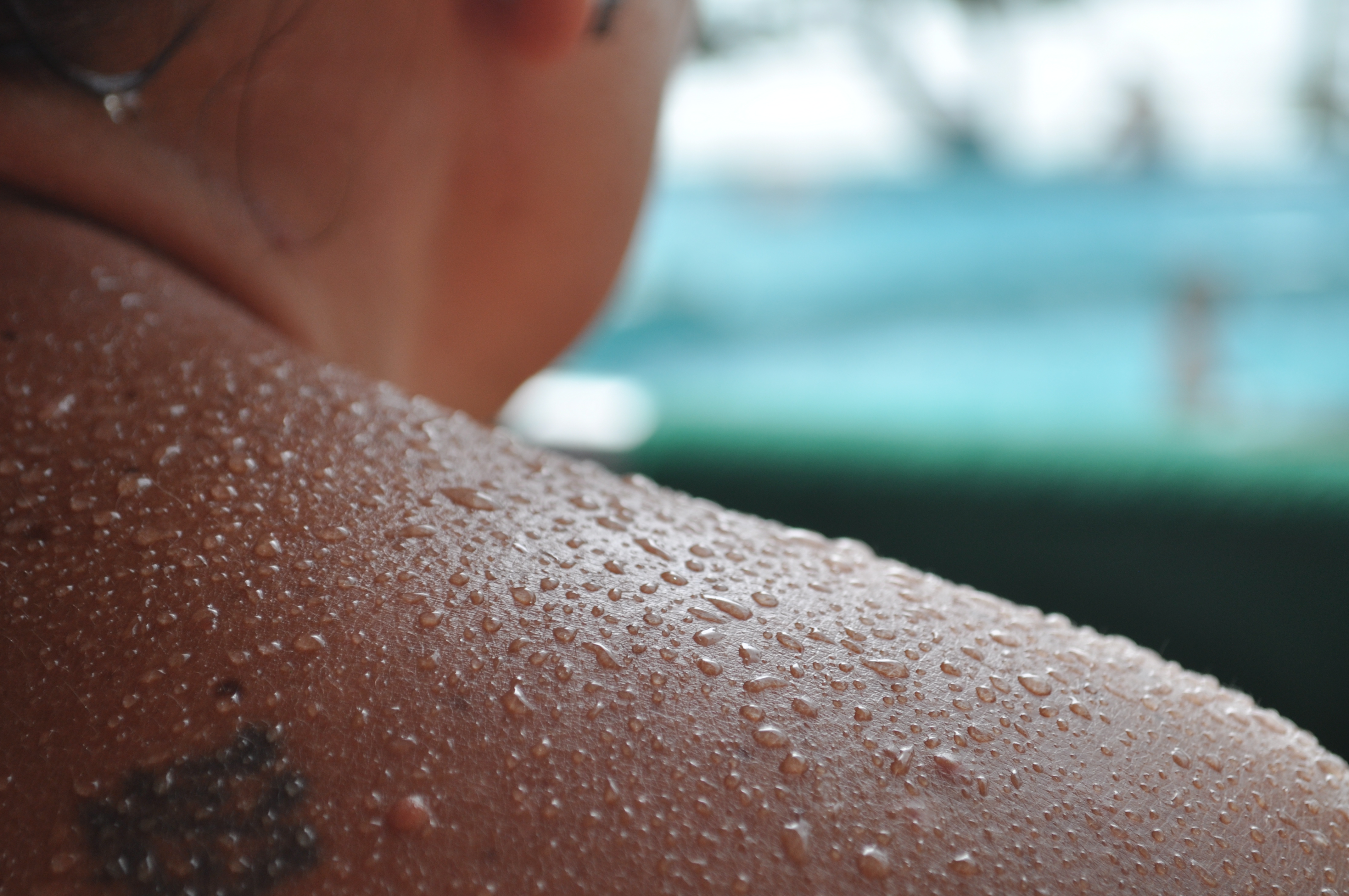
Background
Perspiration contains useful medical information on physical conditions for those living in environments with high temperatures, or for those who engage in physical activity for extended periods of time. Because of this, there has been an increase in demand for the development of wearable sweat sensors. Progress has been made thus far, but challenges are present, such as lack of multifunctionality, biocompatibility, and flexibility. Also, they're high-cost and have insufficient sensitivity.
Technology
This technology consists of assembling functional nanoparticles within nanofibrous membranes in order to construct composite materials having adjustable, multifunctional, and flexible properties. One implementation describes a nanocomposite scaffold derived from the assembly of gold nanoparticles in a nanofibrous membrane with multiple layers. This happens through controlled interactions. The preferred embodiment is a three layer nanofiber membrane including cellulose nanofibers, cross-linked polyethylene glycol diacrylate, and nonwoven polyethylene terephthalate.
Advantages
Sensors can be made for specific substances (i.e. ions, solutes, reagents) - Flexible, multifunctional, tunable, and biocompatible - device flexibility and wearability - Low-cost manufacturing
Application
-Biological fluid sensors -Biomarker secretion sensors -Permeation of water
Inventors
Benjamin Hsiao, Distinguished Professor, Chemistry
Chuan-Jian Zhong, ,
Mark Poliks, ,
Licensing Potential
Development partner,Commercial partner,Licensing
Licensing Status
Available for licensing.
Licensing Contact
Donna Tumminello, Assistant Director, Intellectual Property Partners, donna.tumminello@stonybrook.edu, 6316324163
Patent Status
Patent application submitted
Tech Id
050-8891
